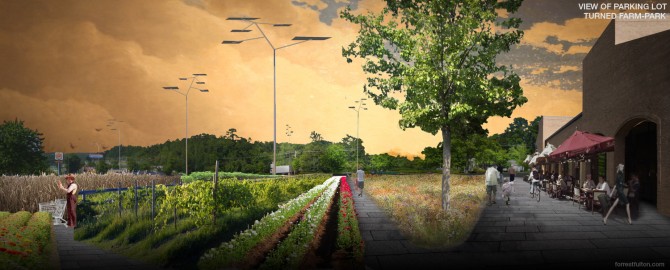 If, like me, you have perused the source material available on-line in regards to hemp usage and economic potential, then you have no doubt come across articles by Lynn Osburn. Lynn Osburn, writing in the early nineties, appears to be the source for around 75% of what current bloggers are saying about hemp and its magical powers and awesome potential. If I don’t find Lynn’s name, then I find sentences that are direct quotes (plagiarized apparently. Oh hempies, where is the shame?)
If, like me, you have perused the source material available on-line in regards to hemp usage and economic potential, then you have no doubt come across articles by Lynn Osburn. Lynn Osburn, writing in the early nineties, appears to be the source for around 75% of what current bloggers are saying about hemp and its magical powers and awesome potential. If I don’t find Lynn’s name, then I find sentences that are direct quotes (plagiarized apparently. Oh hempies, where is the shame?)
I don’t know about you, but I would like to know more about the genius behind the modern hemp movement. Besides I have questions like, “Why is noone currently following through with or continuing to build on Osburn’s work from 17 years ago?” And more importantly, “What the frick happened to this guy?” (He is apparently a guy.) Well, this is what I have found so far.

 America’s farmland has long been under siege by suburban development. This is nothing new. What is new is that a cease-fire has been called in most parts of the nation. And a conversation is developing about how to move into this new window of opportunity in a manner that not only restores the balance between urban demand and farm supply, but also helps to reenergize our failing economy heavily dependent on the construction industry.
America’s farmland has long been under siege by suburban development. This is nothing new. What is new is that a cease-fire has been called in most parts of the nation. And a conversation is developing about how to move into this new window of opportunity in a manner that not only restores the balance between urban demand and farm supply, but also helps to reenergize our failing economy heavily dependent on the construction industry.